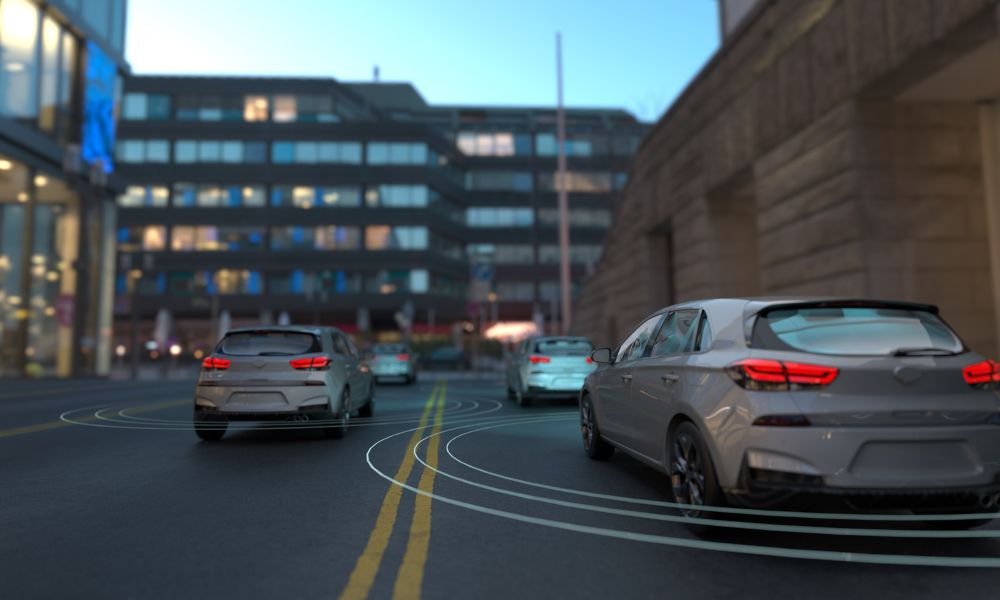As technology continues to adapt and grow over time, so do many essential industries. One of the fields seeing the most growth is the automotive industry. Over the years, cars have evolved significantly, transitioning from simple mechanical devices to sophisticated machines teeming with advanced technology.
Light detection and ranging (LiDAR) sensors represent a significant leap in the automotive industry, paving the way for the future of autonomous vehicles and other automobile enhancements. Explore how LiDAR sensors are transforming the automotive industry and discover how you can implement LiDAR technology in your applications.
An Overview of LiDAR
LiDAR (Light Detection and Ranging) is a remote sensing technology that uses infrared light pulses to measure ranges of distances to the Earth. Any elevation, from developed land and buildings to forests and hills, that the light touches, the sensor picks up and maps out. LiDAR technology combined with GPS receivers, inertial measurement units, and computer technology generates precise, three-dimensional information about the earth’s shape and surface characteristics.
LiDAR’s Role in Autonomous Vehicles
LiDAR has become an essential tool for autonomous vehicles. LiDAR sensors allow self-driving cars to detect and classify objects by creating a 3D map of the environment, enhancing their ability to predict and respond to potential hazards and their immediate surroundings.
Detecting and mapping abilities are critical for the safety and reliability of autonomous vehicles, as they enable cars to navigate complex environments with greater accuracy. LiDAR also gives autonomous cars real-time essential data that maximizes vehicle performance and abilities to make sufficient timely decisions.
Enhanced Navigation and Safety
LiDAR’s high-resolution imaging and long-range detection capabilities contribute to the improvement of navigation and safety in the automotive industry. LiDAR sensors provide real-time, detailed data about the vehicle’s surroundings, which can prevent accidents and ensure safer driving conditions.
LiDAR sensors enhance navigation through their ability to generate accurate, three-dimensional maps of the environment in real-time. This capability allows vehicles to understand their surroundings better, identify potential obstacles, and plan the best course of action. Spatial awareness is crucial in complex and unpredictable driving scenarios, such as navigating through heavy traffic or unexpected roadblocks.
Future Prospects of LiDAR in the Automotive Industry
Going forward, the demand for LiDAR in the automotive industry will grow exponentially. As autonomous driving technology advances and regulations around vehicular safety tighten, LiDAR sensors will continue to be a key component in the industry’s evolution.
At PMT, we sell LiDAR mapping Time-to-Digital Converter chips that are used to create the LiDAR map of the environment around the vehicle. Our TDCs offer high resolution, pico-second detection, and low power operations—the future of automobile LiDAR detection technology.
The integration of LiDAR sensors is transforming the automotive industry in many ways. With such technology, the future of cars will continue to enhance and grow with many beneficial innovations. For precise measurement technology solutions like LiDAR mapping TDCs, PMT is here to help. Contact us today to find the best technology for your designs.

